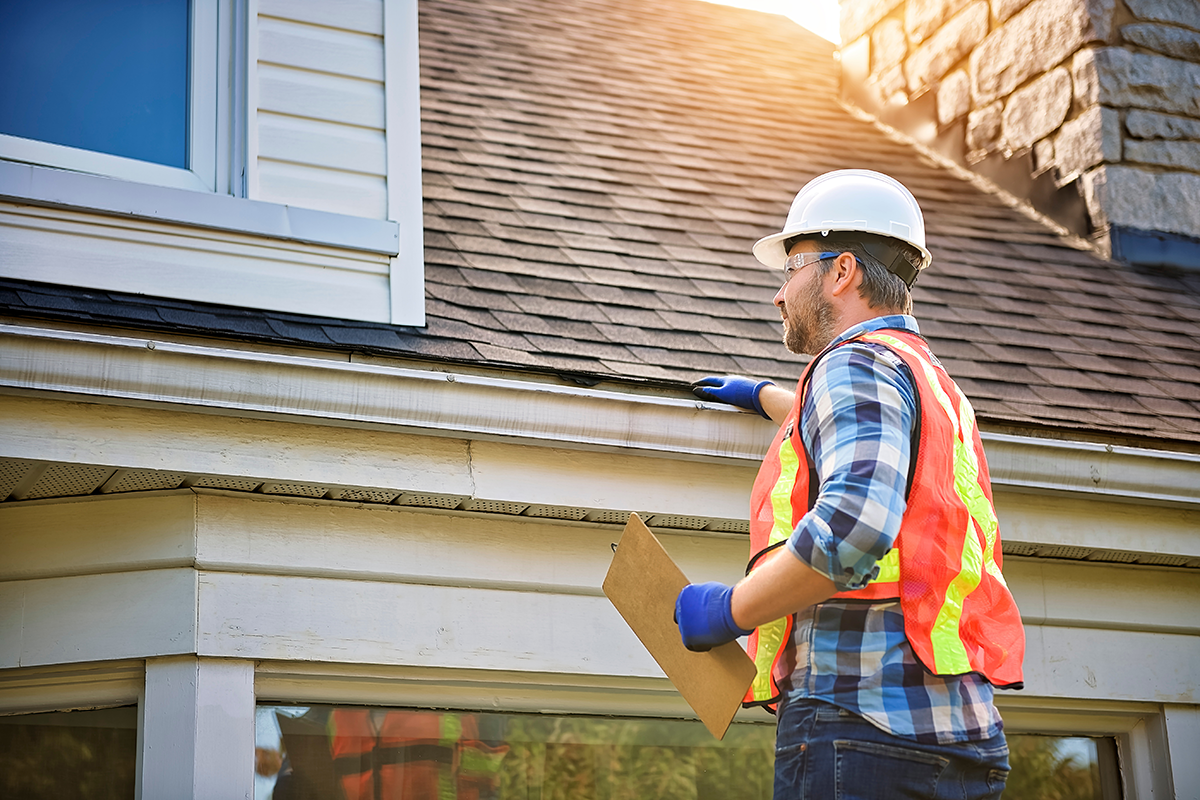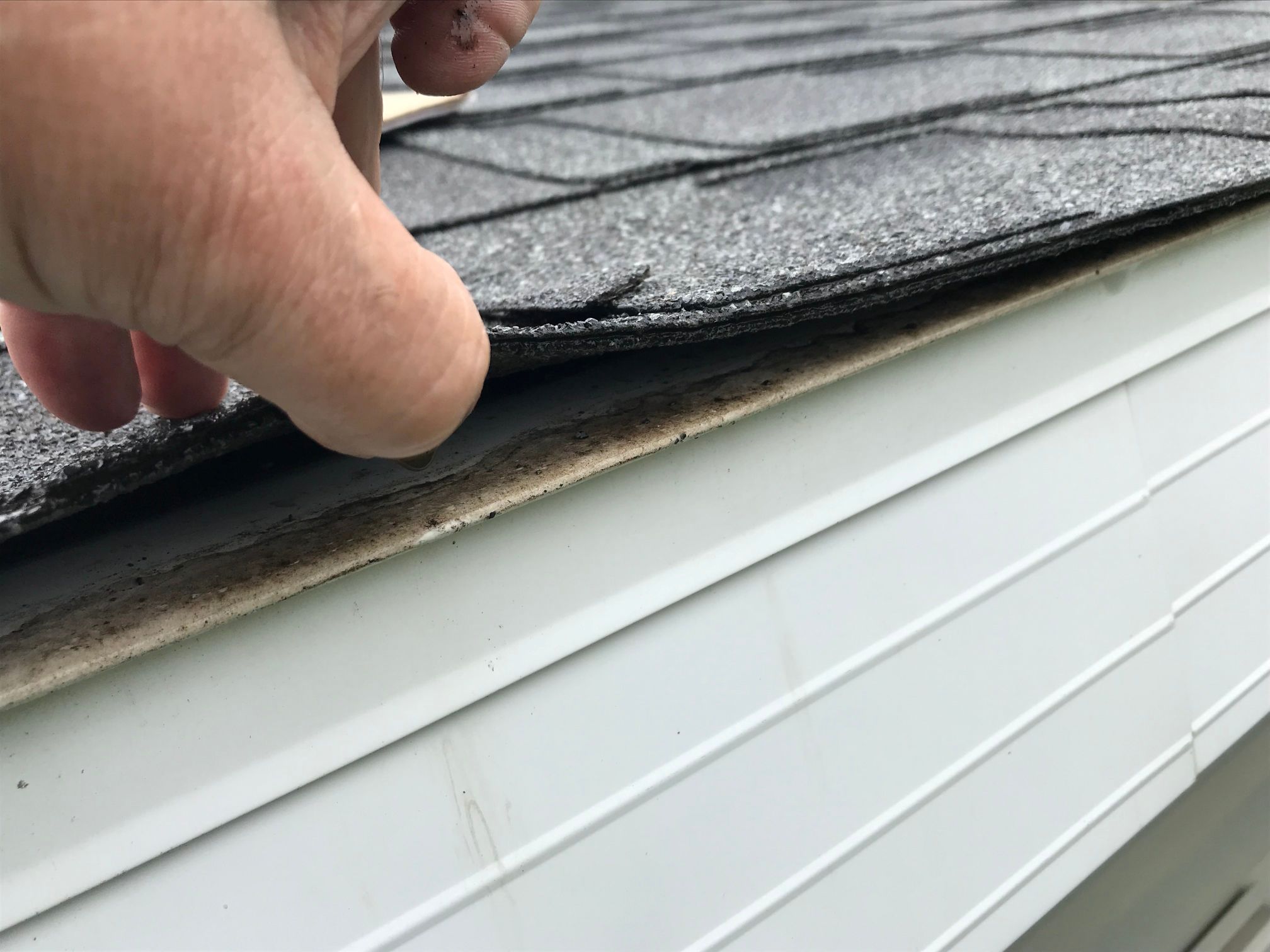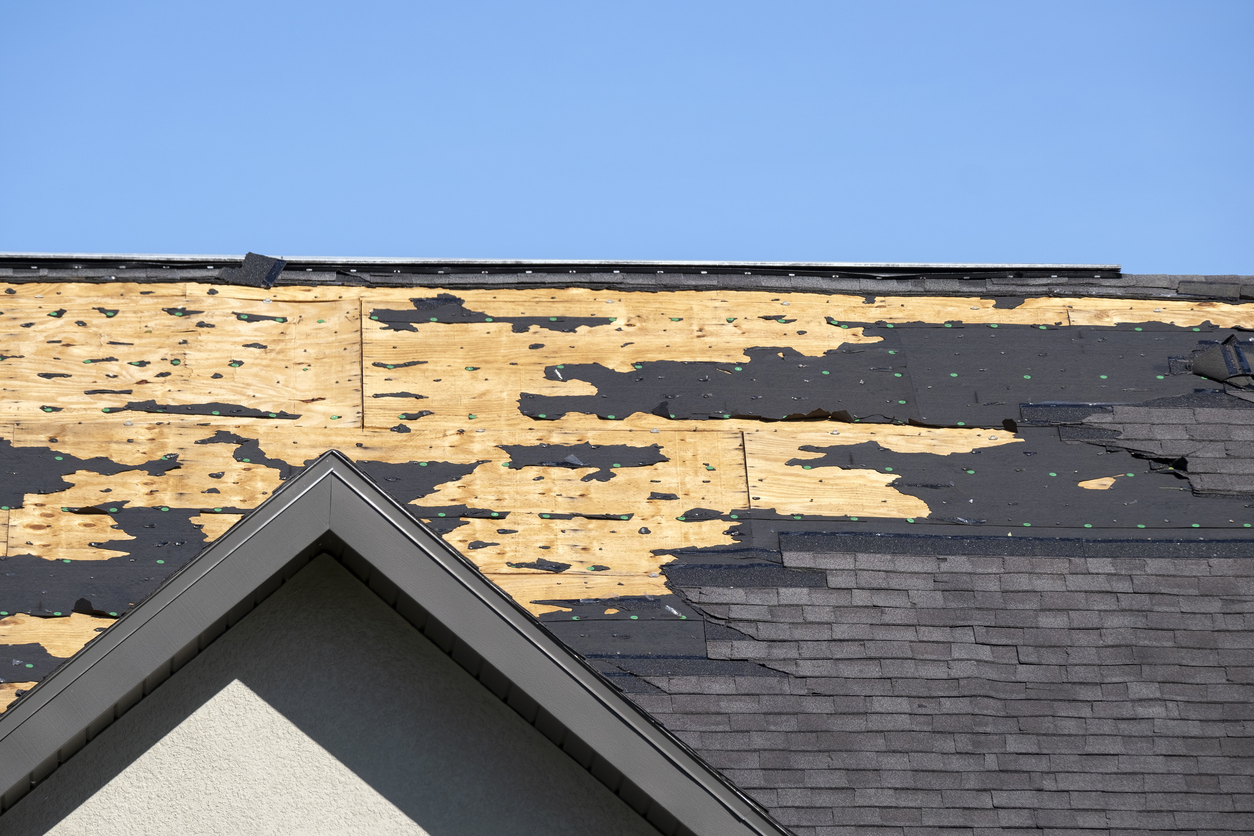What a Roof Inspector Looks for During an Inspection
A roof is one of the most critical components of a home, protecting it from the elements while maintaining structural integrity. Regular inspections are essential for identifying potential issues before they turn into costly repairs. But what exactly does a roof inspector look for, and how can homeowners prepare for an inspection? Let’s break it down.
What Does a Roof Inspector Look For?
A professional roof inspection typically involves a thorough assessment of various structural and material elements. According to Home Guide a typical home inspection costs $100 to $400. Here’s what an inspector will focus on:
Structural Integrity
Inspectors look for signs of sagging, uneven rooflines, and damage to load-bearing structures. A compromised roof structure can indicate deeper issues, such as weakened rafters or deteriorating trusses.
Shingle Condition
The condition of shingles is a significant factor in a roof’s longevity. Inspectors will check for missing, cracked, curled, or loose shingles. Granule loss, often found in gutters, is another sign of aging shingles that may need replacement.
Flashing and Sealants
Flashing around chimneys, vents, and skylights prevents water infiltration. Inspectors ensure these areas are intact and properly sealed, looking for signs of rust, cracks, or separation.
Gutters and Drainage
Clogged or damaged gutters can lead to water pooling on the roof, which increases the risk of leaks. An inspector will examine gutters, downspouts, and drainage flow to ensure proper water management.
Attic Inspection
The attic plays a vital role in roof health. Inspectors check for insulation levels, ventilation efficiency, moisture buildup, and signs of mold or leaks. Proper attic ventilation prevents heat and moisture accumulation, reducing the risk of damage.
Signs of Leaks and Water Damage
Water stains on ceilings or walls, mold growth, and soft spots in roofing materials indicate potential leaks. An inspector will carefully examine vulnerable areas where leaks commonly occur.
Roof Age and Lifespan
If the roof is approaching the end of its expected lifespan, inspectors will recommend whether it needs minor repairs or a full replacement.
How to Prepare for a Roof Inspection
A well-prepared homeowner can help make the roof inspection process smoother. Here’s how you can get ready:
Clear the Area Around Your Home
Trim any overhanging tree branches that could obstruct the inspector’s view. Remove patio furniture, vehicles, or other obstructions near the house to allow easy access to gutters and roof edges.
Provide Attic Access
Since attic inspection is crucial, make sure the inspector has easy access to the attic entrance. Clear away any storage items that might block entry.
Check Your Records
Gather any past roof repair or replacement records. This information can help the inspector assess the roof’s history and determine if previous work was done correctly.
Take Note of Problem Areas
If you’ve noticed leaks, missing shingles, or other roof-related concerns, inform the inspector. Pointing out known issues can help them focus on specific trouble spots.
Ensure Safety Measures
If you have pets or children, keep them indoors during the inspection. Roof inspections involve climbing ladders and walking on the roof, so minimizing distractions helps maintain safety.
Be Available for Questions
While you don’t need to be present for every step, it’s helpful to be available in case the inspector needs clarification or has immediate findings to discuss.
Why Regular Roof Inspections Matter
Routine roof inspections help homeowners:
- Catch problems early before they become expensive repairs.
- Extend the lifespan of their roofing materials.
- Maintain home value and protect investment.
- Ensure safety by identifying structural weaknesses.
- Prevent water damage that can lead to mold and costly interior damage.
Experts recommend scheduling a professional roof inspection at least once a year or after severe weather events like hailstorms, heavy winds, or hurricanes.



